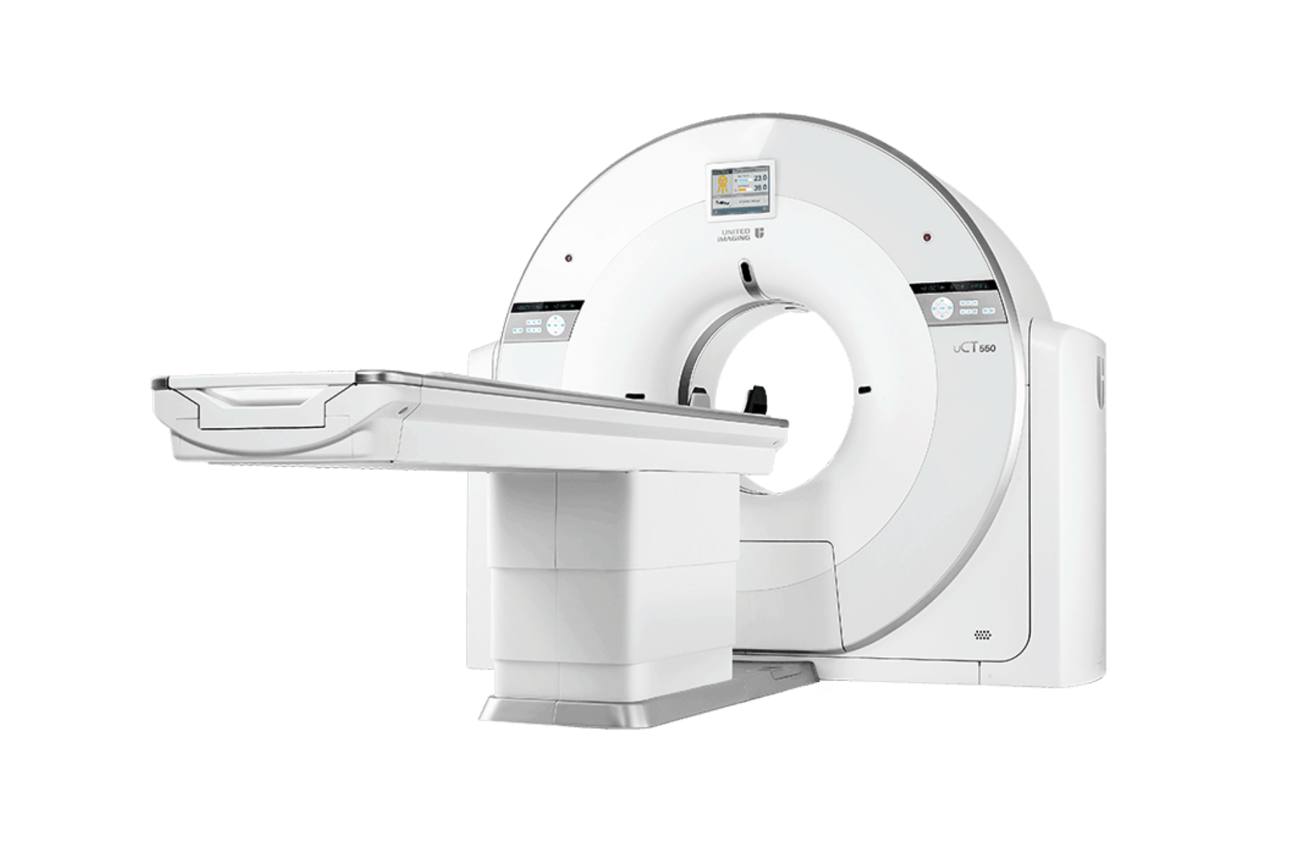In the modern workplace—and increasingly, the home office—our physical environment plays a significant role in our well-being. While healthy eating, exercise, and mental health practices are the foundations of self-care, many overlook a major contributor to chronic stress, fatigue, and injury: the workspace itself.
Your desk setup could be either enhancing your health or silently undermining it.
Ergonomics: A Core Pillar of Preventative Wellness
Ergonomics is no longer a niche concern for corporate offices. It’s a science-backed, essential element of holistic health. At its core, ergonomics is about designing your environment to work with your body—not against it.
For health-conscious professionals and organisations alike, investing in ergonomic workspaces represents a shift from reactive healthcare to proactive well-being. It’s not just about comfort—it’s about preventing the long-term impacts of poor posture, repetitive strain, and mental fatigue.
How Poor Posture Impacts More Than Just the Body
Think about the last time you sat at a desk for hours. Your shoulders slumped. Your neck ached. Your lower back stiffened. These subtle signals aren’t just physical—they’re connected to mental load.
Poor posture can restrict blood flow and oxygen to the brain, causing a drop in energy and focus. In turn, this can lead to frustration, decision fatigue, and emotional exhaustion.
By contrast, a supportive chair, correct screen alignment, and tools like ergonomic tools to reduce screen fatigue reduce this hidden stress load, giving your mind and body room to breathe.
Sitting Disease: A Silent Health Crisis
“Sitting disease” may sound dramatic, but the risks of prolonged sedentary behaviour are well documented. In Australia alone, sedentary lifestyles are associated with increased risks of type 2 diabetes, cardiovascular issues, and depression.
One powerful remedy? Wellness-driven standing desks. These help users move more frequently, allowing for a seamless transition between sitting and standing. This small change activates circulation, supports joint mobility, and even contributes to metabolic health.
It’s not about standing all day—it’s about giving your body the variability it naturally craves.
The Mental Health Benefits of Movement
There’s a reason why movement is recommended for stress relief. Alternating your posture during the day promotes endorphin release, improves focus, and supports emotional regulation.
When employees or remote workers use adaptive sit-stand desk designs, they’re not just improving spinal alignment—they’re lowering cortisol, increasing energy, and maintaining sharper cognitive function throughout the day.
This is especially vital in roles that demand creativity or emotional resilience. A fluid, flexible workspace becomes a mental asset.
Reducing Health Hazards in High-Stress Environments
The intersection between work-related stress and physical health has never been more evident. Long hours, digital strain, and poor workstation setups are a recipe for burnout.
Ergonomic upgrades act as frontline interventions. Adjustable monitor arms reduce eye and neck strain. Sit-stand desks promote dynamic posture. Supportive chairs prevent lower back collapse.
But these aren’t just office perks—they’re essential tools for reducing absenteeism, workplace fatigue, and chronic stress conditions that are all-too-common in today’s work culture.
Why Ergonomics Matters in the Healthcare Conversation
Wellness professionals are starting to advocate for ergonomic practices the same way they promote hydration, healthy sleep, and balanced nutrition. And for good reason—your body wasn’t designed to hunch over a keyboard all day.
Health practitioners, educators, and even mental health coaches are recognising the value of teaching clients how to set up restorative, health-supporting workspaces. This is especially relevant in the age of remote work, where many Australians have transitioned to ad hoc home setups.
Creating an ergonomically sound environment is no longer a bonus—it’s foundational health hygiene.
Real-World Benefits of an Ergonomic Investment
Australian businesses, educators, and home-based professionals who implement ergonomic practices experience meaningful changes:
- Reduced muscle and joint pain from day-to-day tasks
- Improved concentration and decision-making thanks to reduced fatigue
- Lower incidence of chronic stress and better emotional balance
- More productive, energised workdays without hitting the “3pm slump”
- Less sick leave and downtime, especially for sedentary-related conditions
How to Start Transforming Your Space
You don’t need to be a workplace design expert to begin creating a healthier, more ergonomic environment. Here are a few key tips:
- Begin with posture awareness. Are you slouching or straining to view your screen?
- Adjust your setup to eye level. Your screen should meet your gaze to avoid neck compression.
- Try active sitting or standing. Alternate throughout the day for better blood flow and energy.
- Choose tools that adjust to you. One-size-fits-all furniture often doesn’t fit anyone well.
- Track your energy. How you feel by the end of the day is a direct reflection of your workspace health.
Great! Here’s a practical guide tailored to help you set up an ergonomic home workspace, along with product suggestions to enhance comfort, productivity, and overall well-being:
✅ Ergonomic Home Workspace Setup Guide
🪑 1. Ergonomic Chair
- Key Features:
- Adjustable seat height (knees at 90°)
- Lumbar support (supports natural curve of lower back)
- Adjustable armrests (elbows at 90°)
- Breathable material for airflow
- Top Picks:
- Herman Miller Aeron (high-end, premium support)
- Steelcase Series 1 (great value, quality)
- SIHOO Ergonomic Office Chair (budget-friendly with solid lumbar support)
💻 2. Monitor Positioning
- Ideal Setup:
- Top of screen at or slightly below eye level
- Arm’s length away (roughly 20–30 inches)
- External monitor preferred over laptop-only setups
- Tools:
- Monitor arms (e.g., VIVO or Ergotron) for adjustable positioning
- Laptop stand (e.g., Rain Design mStand or Nexstand)
⌨️ 3. Keyboard & Mouse
- Best Practices:
- Keep wrists straight and relaxed
- Elbows close to body
- Hands at or just below elbow height
- Ergonomic Tools:
- Split ergonomic keyboards (e.g., Logitech Ergo K860, Microsoft Sculpt)
- Vertical mouse (e.g., Logitech MX Vertical, Anker Vertical Mouse)
🪜 4. Sit-Stand Desk or Converter
- Why It Helps: Encourages movement, reduces stiffness, supports energy flow
- Recommendations:
- Uplift V2 or Fully Jarvis (adjustable desks, sturdy)
- FlexiSpot or Varidesk (desk converters for limited space)
💡 5. Lighting
- Goal: Reduce eye strain and improve mood
- Suggestions:
- Natural light exposure (place desk near window)
- Adjustable desk lamp with warm-white light (e.g., BenQ e-Reading Lamp)
⏱️ 6. Movement Reminders
- Stretch every 30–60 mins
- Use Pomodoro timers or apps like Stretchly or BreakTimer
🧘♀️ 7. Wellness Add-ons
- Anti-fatigue mats for standing
- Footrests for seated posture
- Blue-light filter glasses or screen filters
Final Thoughts: Work Well, Live Well
A truly healthy lifestyle is more than exercise and clean eating—it includes every space you occupy, especially the one you spend most of your waking hours in.
Investing in ergonomic solutions is an act of self-respect. It communicates that your health matters. It makes your work experience more sustainable. And it supports your body and brain so you can thrive—not just survive—at work.
Whether you’re running a team, running a household, or running your own business, remember: wellness begins with the spaces you create.










